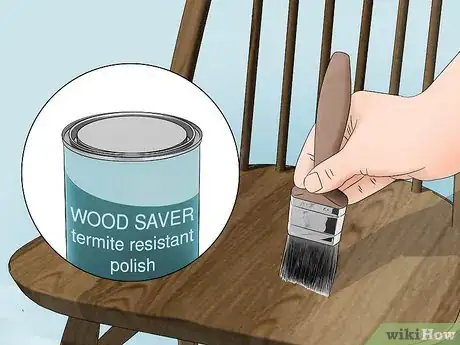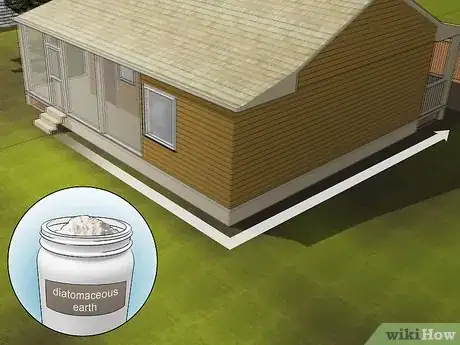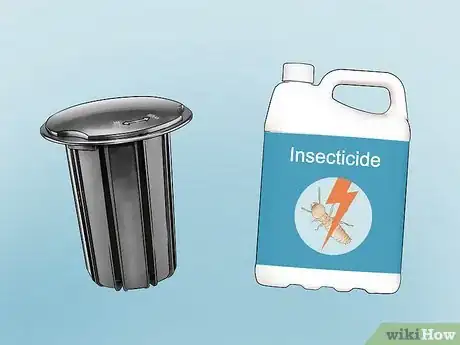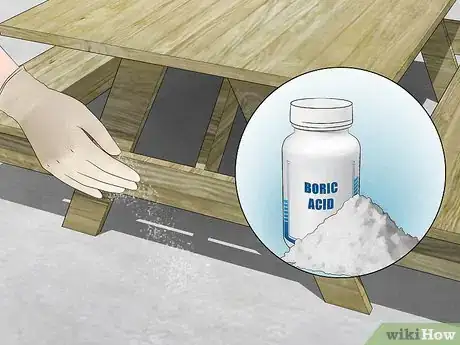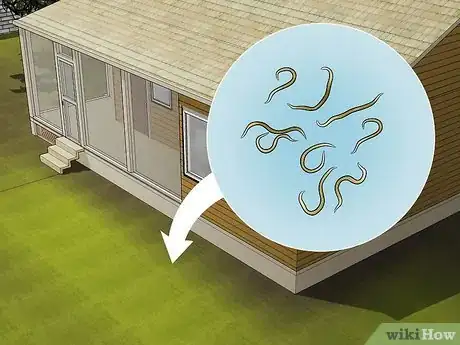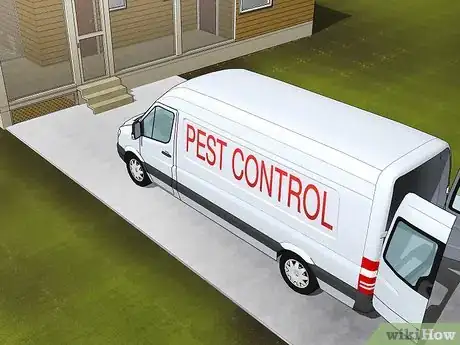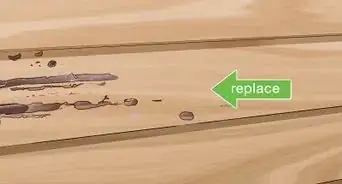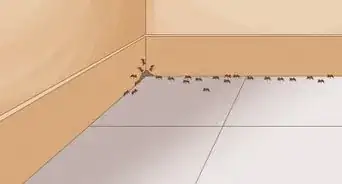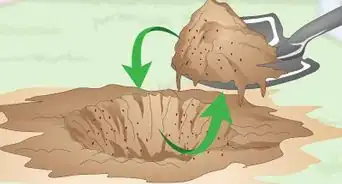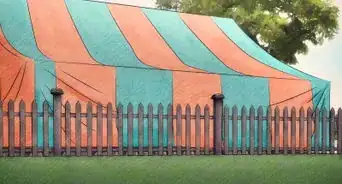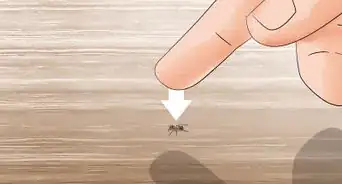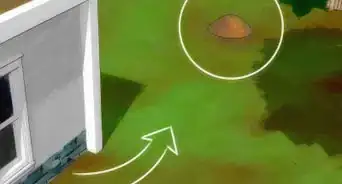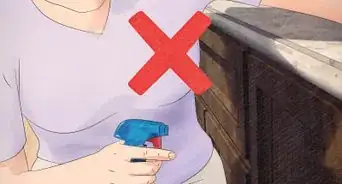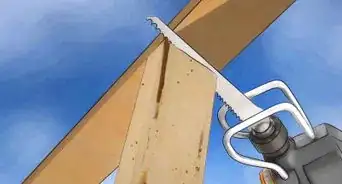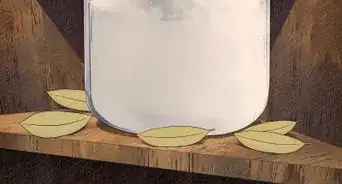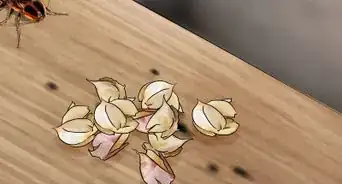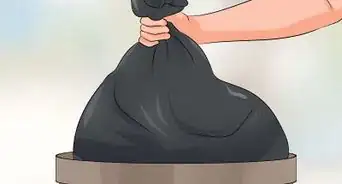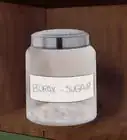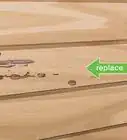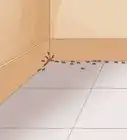This article was co-authored by Joshua Bloom and by wikiHow staff writer, Kira Jan. Joshua Bloom is a Pest Control Specialist and the Vice President of Operations of Standard Pest Management, a pest control company based in New York City. He has over 20 years of experience in the pest control industry and specializes in commercial and large facility pest control management. Standard Pest Control also specializes in ant, bed bug, cockroach, fly, and rodent control. Joshua is licensed by the NYSDEC (New York State Department of Environmental Conservation) for termite control.
There are 12 references cited in this article, which can be found at the bottom of the page.
This article has been viewed 9,425 times.
The last thing you want to see as a homeowner are those little piles of sawdust and telltale holes in wood. You might be thinking, Oh no. What happens if the termites get into my wooden furniture? The good news is you’ve got plenty of options to prevent termites from chewing into your favorite furniture and to stop termite infestations in their tracks. From natural DIY pest control to intensive treatments, we’ve got your termite-repelling options covered–and they’re all safe to use on your wood furniture.
Steps
Expert Q&A
-
QuestionWhere are termites usually found in a house?
 Joshua BloomJoshua Bloom is a Pest Control Specialist and the Vice President of Operations of Standard Pest Management, a pest control company based in New York City. He has over 20 years of experience in the pest control industry and specializes in commercial and large facility pest control management. Standard Pest Control also specializes in ant, bed bug, cockroach, fly, and rodent control. Joshua is licensed by the NYSDEC (New York State Department of Environmental Conservation) for termite control.
Joshua BloomJoshua Bloom is a Pest Control Specialist and the Vice President of Operations of Standard Pest Management, a pest control company based in New York City. He has over 20 years of experience in the pest control industry and specializes in commercial and large facility pest control management. Standard Pest Control also specializes in ant, bed bug, cockroach, fly, and rodent control. Joshua is licensed by the NYSDEC (New York State Department of Environmental Conservation) for termite control.
Pest Control Specialist Termites tend to be below or at grade areas of a structure where moisture is present. They often find their way in along construction gaps, like an expansion joint. Termites are also commonly found around basements, window sills, moldings, and beams.
Termites tend to be below or at grade areas of a structure where moisture is present. They often find their way in along construction gaps, like an expansion joint. Termites are also commonly found around basements, window sills, moldings, and beams.
References
- ↑ https://entomology.ca.uky.edu/ef605
- ↑ Joshua Bloom. Pest Control Specialist. Expert Interview. 22 April 2020.
- ↑ https://www.hipcouch.com/magazine/keep-your-furniture-termites-free
- ↑ https://www.tribuneindia.com/news/archive/features/aloevera-can-work-magic-as-termite-repellent-bio-fertilizers-296198
- ↑ https://www.hipcouch.com/magazine/keep-your-furniture-termites-free
- ↑ https://www.hipcouch.com/magazine/keep-your-furniture-termites-free
- ↑ https://www.thisoldhouse.com/pest-control/21238211/how-to-get-rid-of-termites
- ↑ https://extension.arizona.edu/sites/extension.arizona.edu/files/pubs/az1232.pdf
- ↑ https://www.popularmechanics.com/home/a25781593/get-rid-of-termites/
- ↑ https://extension.arizona.edu/sites/extension.arizona.edu/files/pubs/az1232.pdf
- ↑ https://www.popularmechanics.com/home/a25781593/get-rid-of-termites/
- ↑ https://entomology.ca.uky.edu/ef604
- ↑ https://www.popularmechanics.com/home/a25781593/get-rid-of-termites/
- ↑ https://www.thisoldhouse.com/pest-control/21238211/how-to-get-rid-of-termites
- ↑ https://www.thisoldhouse.com/pest-control/21238211/how-to-get-rid-of-termites
- ↑ https://www.parentcircle.com/home-remedies-for-termites/article
- ↑ https://www.thisoldhouse.com/pest-control/21238211/how-to-get-rid-of-termites
- ↑ https://experthomereport.com/killing-termites-naturally-tips-that-actually-work/
- ↑ https://www.thisoldhouse.com/pest-control/21238211/how-to-get-rid-of-termites
- ↑ https://experthomereport.com/killing-termites-naturally-tips-that-actually-work/
- ↑ https://homeinspectioninsider.com/how-often-should-a-house-be-treated-for-termites/
- ↑ https://entomology.ca.uky.edu/ef604
- ↑ Joshua Bloom. Pest Control Specialist. Expert Interview. 22 April 2020.
- ↑ https://www.bobvila.com/articles/termite-treatment-cost/




